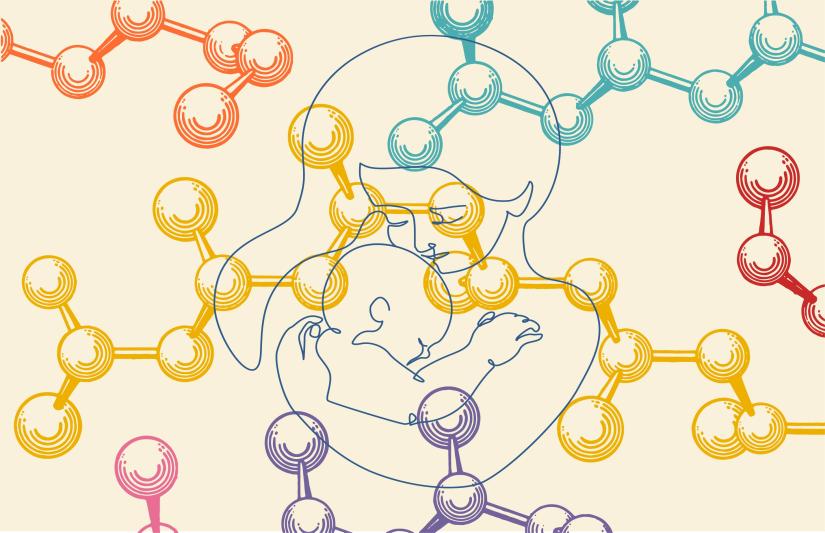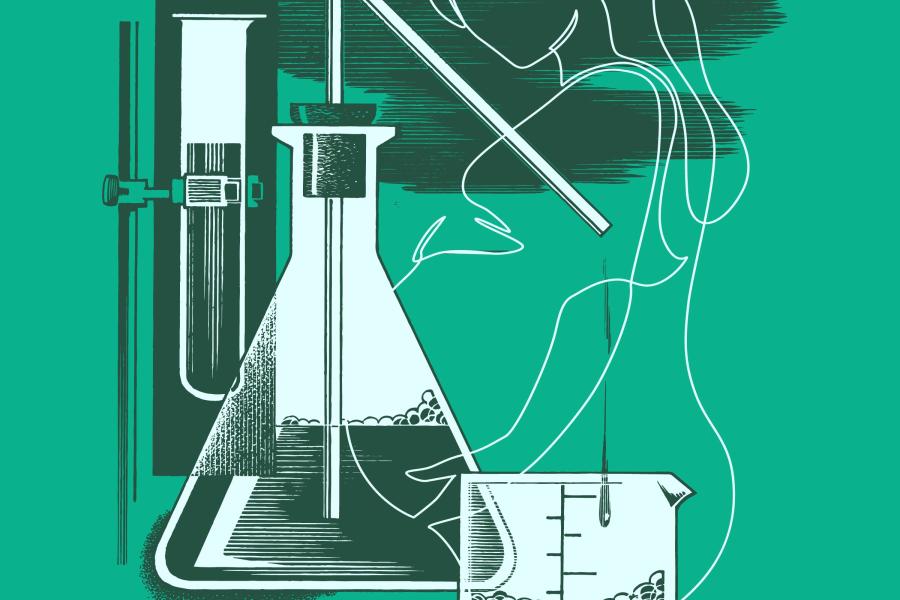Pregnant women are exposed to a wide variety of chemicals that may have adverse effects on maternal and child health. Despite the risks they pose, few of these chemicals are routinely measured in humans.
Jessie Buckley, associate professor of environmental health and engineering at Johns Hopkins University, set out to solve that problem. As part of the National Institutes of Health's Environmental influences on Child Health Outcomes, or ECHO, Program, Buckley and a team of researchers analyzed urine samples from 171 pregnant women from nine ECHO cohorts across the United States. They used a new method to simultaneously measure more than 100 industrial chemicals and pesticides in each sample. Their research is published in Environment Science & Technology.
"Our goal was to measure both contemporary and emerging chemicals among a geographically, racially, and ethnically diverse sample of pregnant women and assess what factors are related to higher detection or levels of these chemicals," Buckley said.
The team found that more than 80% of the chemicals in question were present in at least one of the women in the study, and more than one-third were found in a majority of the participants.
They also saw increasing exposure over time to certain chemicals used in plastics and pesticides. Many of these chemicals are replacements for chemicals that were previously banned or phased out.
"This is the first time we've been able to measure chemical exposures in such a highly diverse group of pregnant women over a long period of time, and we found higher levels of many chemicals than have been seen in earlier studies," Buckley said. "Our findings are important because they show that pregnant people are exposed to multiple chemicals during a very vulnerable time for both the pregnant person and the fetus."

Image credit: Getty Images
Hormone disruptors and 'regrettable substitutions'
When chemicals are removed from products due to concerns about their toxicity, new versions that are structurally similar are developed to take their place. Oftentimes, these replacements have similar harmful health effects—a phenomenon health experts call "regrettable substitution."
Buckley's study measured several potential regrettable substitutes for pesticides and chemicals like phthalates and bisphenol A. They found higher levels of many of these replacement chemicals compared with their predecessors, which suggests that new forms of chemicals that have been banned or phased out are being used, even though they may be just as harmful as the ones they replaced. One example is neonicotinoids, a kind of pesticide that is toxic to bees.
The study also found the presence of hormone disruptors—chemicals that interfere with the normal function of the body's endocrine system. Chemicals that act as hormone disruptors have been linked to a variety of health effects including developmental, reproductive, nervous system, immune, and other problems. Babies in utero are particularly susceptible to these hormone-disrupting chemicals.
Accounting for the different results across racial and ethnic groups
Latinas and Black women had higher levels of several chemicals such as parabens, phthalates, and bisphenols. The researchers are not sure of the exact reasons.
"One possibility for these differences may be related to personal care or consumer products. Some products, including beauty products, are target-marketed to specific groups and often have more chemicals," Buckley said.
For example, the team found higher levels of parabens in Black women. Other research has found racist marketing practices related to personal care products, including hair products, that could contribute to these exposures. Some of these chemicals are also more prevalent in processed and fast food, which could also be a source of some of these chemicals.
What's next?
The team said that their next step is studying the chemicals' connection to health effects on children in a much larger study of more than 6,000 pregnancies.
"There is widespread agreement that exposure to environmental chemicals is ubiquitous, and that we need to better understand the types and amounts of exposures that occur. This is particularly true for vulnerable life stages such as pregnancy, where effects of toxic chemicals can have lifelong consequences," Buckley said.
Posted in Health
Tagged maternal health








